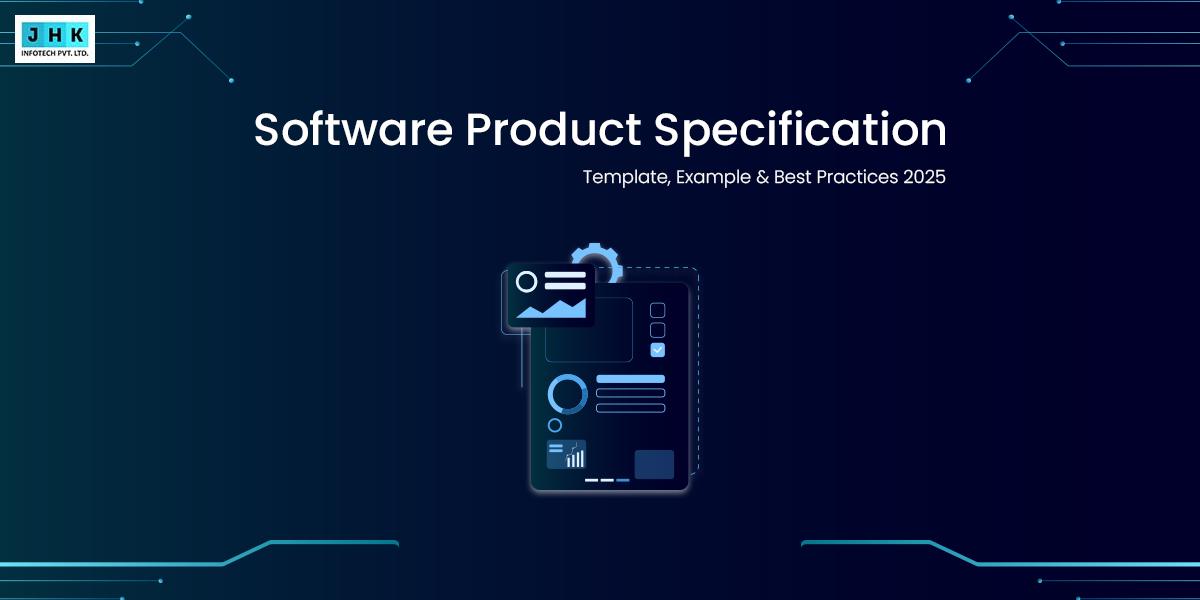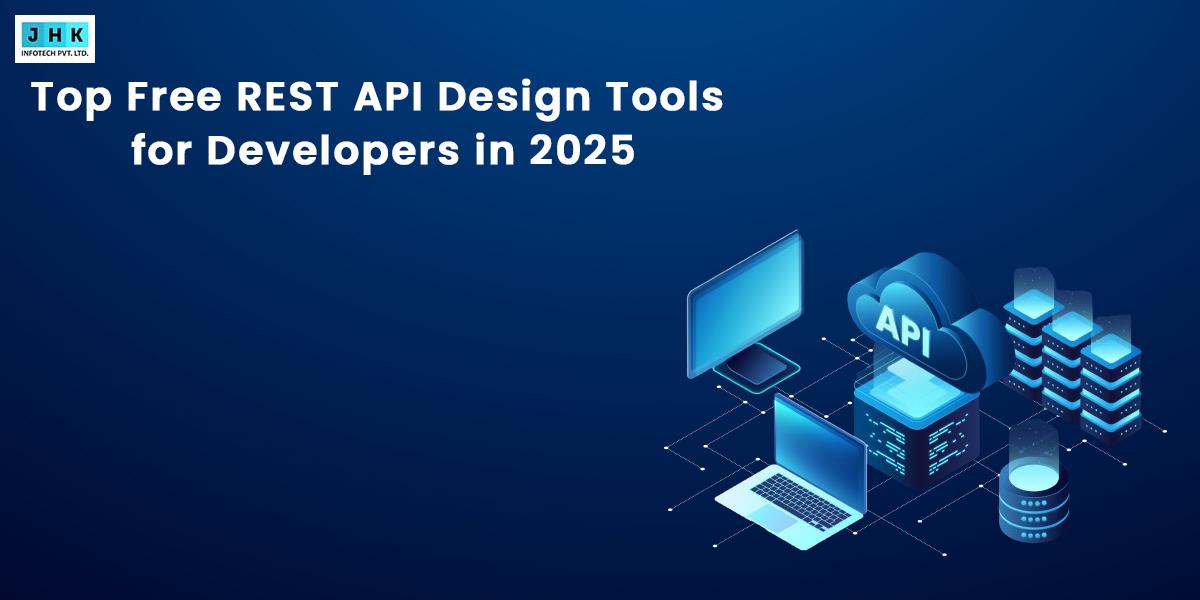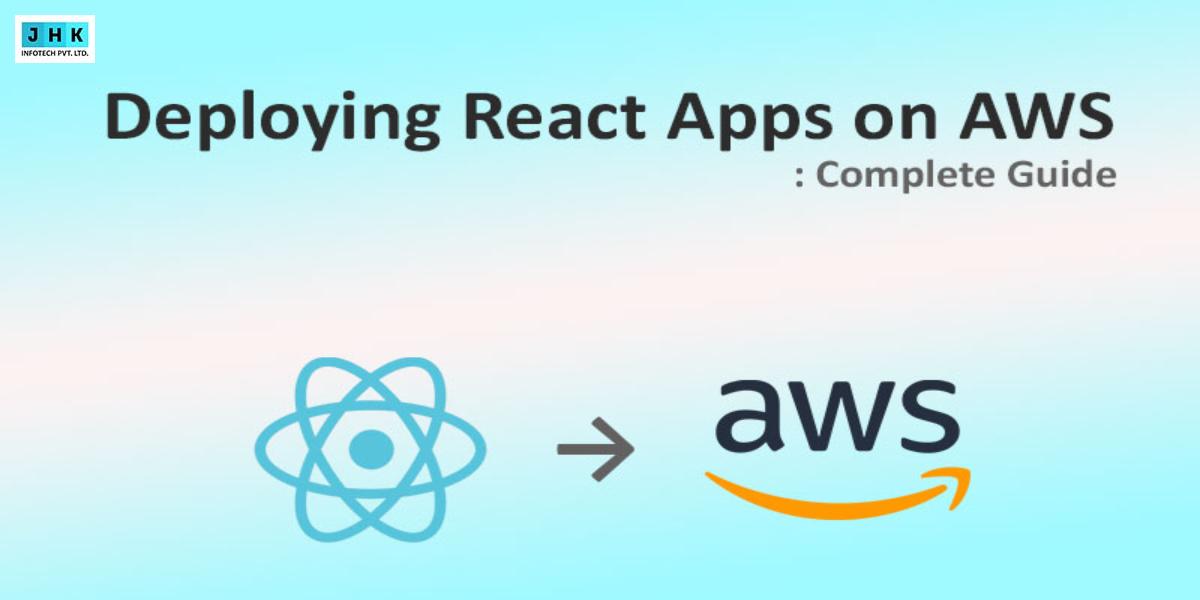What Is Native Mobile App Development Process? Explained!

Native mobile app development refers to the creation of applications designed and built specifically for a particular platform—either iOS or Android—using platform-specific programming languages. Unlike hybrid or web apps, native apps are crafted to leverage the full capabilities of the device’s operating system. This includes native features such as the camera, GPS, accelerometer, and hardware-specific functionalities, which help to create a seamless and intuitive user experience. Developing a native app ensures a high level of performance, responsiveness, and reliability, making it an attractive option for developers and businesses aiming for optimal results.
In an era where mobile apps are central to both consumer and business interactions, native app development is a powerful solution. Native apps offer a range of benefits, including faster performance, enhanced security, and better integration with device hardware. With the growing demand for high-performance apps, businesses increasingly prefer native development to provide their users with the best possible experience. The global trend towards more personalized, responsive, and efficient mobile applications also contributes to the continued popularity of native mobile app development.
Differences between Native and Hybrid Mobile Apps
Native Apps vs Hybrid Apps
The primary distinction between native and hybrid apps lies in their development approach. Native apps are built specifically for one operating system, either Android or iOS, using languages such as Java, Kotlin, Swift, or Objective-C. These apps are optimized for a single platform, ensuring superior performance and full access to device-specific features.
On the other hand, hybrid apps are developed using a combination of web technologies (HTML, CSS, JavaScript) and wrapped in a native container. These apps aim to work across multiple platforms with a single codebase. However, they often fall short in performance, as they don’t tap into the full potential of the device’s operating system, resulting in slower operations compared to native apps.
The Advantages of Choosing Native App Development
Native app development offers several key advantages, including superior performance, access to advanced device functionalities, and smoother user experiences. Native apps tend to perform faster because they are optimized for the specific hardware and software of the device. Additionally, the app interface and functionality are tightly integrated with the device’s operating system, offering better user engagement and interaction. Native apps also benefit from easier updates and troubleshooting, as developers can address issues specific to the platform without worrying about cross-platform compatibility.
Step 1: Planning and Strategy
Identifying Business Goals and Objectives
The first step in developing a native mobile app is understanding the purpose it will serve. Defining clear business goals is essential, as it sets the direction for all subsequent development stages. Whether it’s to increase brand awareness, streamline business operations, or enhance customer engagement, having a solid understanding of the app’s objective will guide decisions related to features, design, and functionality.
Understanding the Target Audience and User Needs
Knowing the target audience is crucial to building an app that resonates with its users. Factors such as demographics, preferences, behaviors, and pain points should be considered. By conducting thorough market research and user testing, developers can gather the necessary insights to craft an app that meets the audience’s needs and solves specific problems.
Conducting Competitor Analysis
Analyzing competitors’ apps can reveal opportunities for improvement and differentiation. By identifying the strengths and weaknesses of similar apps, developers can create an app that not only offers the same functionalities but also provides additional value, such as better usability, speed, or design.
Defining Key Features and Functionality
Once the goals and target audience are defined, it’s time to outline the app’s key features. Essential functionalities should align with the business objectives and address user needs. These may include location-based services, push notifications, in-app purchases, social sharing, and integration with third-party services.
Step 2: Designing the User Experience (UX)
UX in Native App Development
User experience is the cornerstone of successful mobile apps. A positive UX leads to higher user engagement, retention, and satisfaction. For native apps, the goal is to create an interface that feels natural and intuitive, one that users can navigate without confusion or frustration. Prioritizing UX ensures the app’s success and fosters long-term user loyalty.
Creating Intuitive User Flows
Designing effective user flows ensures that the app’s navigation is seamless and logical. The flow should guide users effortlessly from one task to the next, without unnecessary steps or complex interfaces. By mapping out user journeys, developers can optimize the app for efficiency and minimize friction points.
Wireframing and Prototyping for User-Centric Design
Wireframes serve as a visual blueprint for the app, outlining its layout and structure. Prototypes allow developers and stakeholders to test the app’s user flows before full-scale development. These preliminary stages are crucial for visualizing the end product and ensuring that the design is functional and user-friendly.
Designing for Multiple Screen Sizes and Devices
Native apps must be designed to work seamlessly across a variety of devices and screen sizes. For iOS, this means accommodating different models, such as the iPhone and iPad, while for Android, developers must account for the diversity of devices and screen resolutions. Responsive design ensures that the app provides a consistent and optimal experience across all devices.
Step 3: Choosing the Right Development Platform
Android vs iOS: Which Platform Should You Choose?
Choosing between Android and iOS depends on various factors, including the target audience, geographic location, and budget. Android apps are often favored for global reach due to the wider user base, while iOS apps typically offer higher monetization potential in markets like North America and Europe. Evaluating the audience and business goals helps determine which platform will provide the greatest return on investment.
Key Considerations for Platform Selection
When selecting a platform, developers must also consider the specific features and capabilities of each operating system. For example, iOS apps benefit from a more controlled and uniform ecosystem, while Android provides greater flexibility but may present challenges in terms of device fragmentation.
Native Development Tools for Android and iOS
Each platform offers a suite of development tools to streamline the process. For Android, developers typically use Android Studio, while iOS developers rely on Xcode. Both platforms also offer extensive documentation, libraries, and frameworks to aid in the development process.
Step 4: Setting Up the Development Environment
Setting Up for Android Development: Tools and IDEs
The Android development environment is anchored by Android Studio, an integrated development environment (IDE) that supports coding, testing, and debugging. Android Studio offers robust features such as emulators for device testing, version control integration, and a powerful layout editor.
Setting Up for iOS Development: Tools and IDEs
For iOS development, Xcode is the primary IDE, offering tools for coding in Swift or Objective-C, designing the user interface, and debugging. Xcode also provides simulators for testing apps across different iOS devices and versions.
Configuring Version Control and Collaborative Tools
Version control tools like Git are vital for managing the app’s source code, particularly in team settings. These tools ensure that developers can collaborate efficiently, track changes, and avoid conflicts during development.
Step 5: Coding and App Development
Writing Platform-Specific Code: Java/Kotlin for Android, Swift/Objective-C for iOS
Native apps require platform-specific code. For Android, developers use Java or Kotlin, while for iOS, Swift or Objective-C are the primary languages. Writing platform-specific code ensures that the app can fully leverage the capabilities and performance features of the respective operating system.
Key Components of Native App Development
Native app development involves several key components, including the app’s architecture, user interface, database integration, and third-party services. These components work together to provide a cohesive and functional app.
Understanding APIs and Integrations in Native Apps
APIs, or Application Programming Interfaces, facilitate seamless communication between disparate software systems, allowing them to interact and share data efficiently. Native apps frequently use APIs to integrate with third-party services such as payment gateways, social media platforms, or cloud storage solutions. Understanding how to work with APIs is crucial for building feature-rich native apps.
Best Practices for Clean and Efficient Code
Writing clean, modular, and efficient code is essential for maintaining long-term app performance. Best practices include adhering to coding standards, avoiding code duplication, and optimizing performance to ensure that the app runs smoothly across devices.
Step 6: Testing and Quality Assurance (QA)
Importance of Thorough Testing in Native App Development
Testing is critical to ensuring the functionality, usability, and performance of a native app. Thorough testing helps identify bugs, compatibility issues, and user experience flaws before the app is released to the public.
Types of Testing: Unit Testing, Functional Testing, and Performance Testing
Different types of testing are used during native app development. Unit testing checks individual components of the app for correctness, while functional testing ensures that the app’s features perform as expected. Performance testing assesses the app’s speed, responsiveness, and scalability under different conditions.
Using Emulators and Real Devices for Testing
Emulators simulate devices, allowing developers to test the app without needing physical devices. However, testing on real devices is crucial to ensure the app functions properly in real-world scenarios and across different device configurations.
Bug Fixes and Refining the App Based on Feedback
Once testing reveals issues, developers can address bugs and optimize the app. Continuous refinement ensures that the final version of the app is polished and user-ready.
Step 7: Deployment and Launch
Preparing Your App for App Store Submission
Before submitting the app to the App Store or Google Play, developers must ensure that the app complies with the platform’s guidelines and requirements. This includes optimizing app performance, fixing bugs, and creating high-quality screenshots and descriptions for the app listing.
App Store Guidelines and Approval Process
Each app store has its own set of guidelines and approval process. For example, Apple’s App Store has strict rules regarding app content, performance, and user privacy. Developers must carefully follow these guidelines to ensure their app is approved without delays.
Marketing Your App Before and After Launch
Effective marketing strategies are vital for the app’s success. Pre-launch marketing can create anticipation, while post-launch marketing helps to drive user adoption. Strategies such as social media promotions, influencer partnerships, and app store optimization (ASO) can significantly boost the app’s visibility.
Step 8: Post-Launch Maintenance and Updates
The Importance of Continuous Maintenance
After the app is launched, continuous maintenance is required to address issues, fix bugs, and release updates. Regular updates ensure the app stays relevant and functional, keeping users satisfied and engaged.
Collecting User Feedback and Implementing Updates
User feedback is a valuable source of information for app improvements. Developers can use reviews, surveys, and in-app feedback tools to understand user preferences and pain points, and make necessary updates.
Ensuring Compatibility with Future OS Updates
Both Android and iOS regularly release updates to their operating systems. Native app developers must ensure that their apps remain compatible with these updates, ensuring that users continue to have a smooth experience as new versions of the OS are introduced.
Step 9: The Cost of Native App Development
Breaking Down the Costs of Building a Native App
The cost of developing a native app can vary greatly depending on factors such as the complexity of the app, the platforms chosen, and the development team’s location. Development costs include design, coding, testing, and deployment, along with post-launch marketing and maintenance.
Factors That Affect the Cost of Native Mobile App Development
Several factors influence the cost of native app development, including the app’s functionality, the number of platforms supported, and the development team’s expertise. Custom features such as real-time data synchronization or complex APIs can increase the development cost.
Budgeting for Development, Testing, and Marketing
Proper budgeting is essential for ensuring the app’s success. Developers should allocate funds for all stages of the process, including development, testing, marketing, and ongoing maintenance. Failure to plan adequately can lead to delays and cost overruns.
Step 10: Native Mobile App Development Trends
Emerging Technologies in Native App Development
New technologies such as augmented reality (AR), virtual reality (VR), and machine learning (ML) are transforming native app development. These technologies enable developers to create more immersive and intelligent applications, offering users new and exciting experiences.
The Future of Native Apps with 5G and AI
The advent of 5G networks promises to revolutionize mobile app development by providing faster speeds, lower latency, and improved connectivity. AI and machine learning will also play an increasing role in personalizing user experiences, offering smarter app interactions and more responsive designs.
How Native Apps Are Evolving with New User Expectations
As user expectations continue to evolve, native apps must adapt to meet the demand for speed, convenience, and personalization. Users now expect apps that provide instant gratification, superior performance, and seamless interactions across devices.
Final Thought
The process of developing a native mobile app involves meticulous planning, user-centered design, precise coding, and thorough testing. With the right approach, developers can create high-performance apps that meet user needs and drive business success.
Native app development is not just about building an app—it’s about creating a valuable asset for your business. The long-term benefits of native apps, including improved user experience, high engagement, and better performance, make them a wise investment for businesses seeking to establish a strong mobile presence.
Choosing native app development means committing to quality, performance, and user satisfaction. By carefully navigating the development process, businesses can create apps that resonate with users, outperform competitors, and deliver lasting value.










